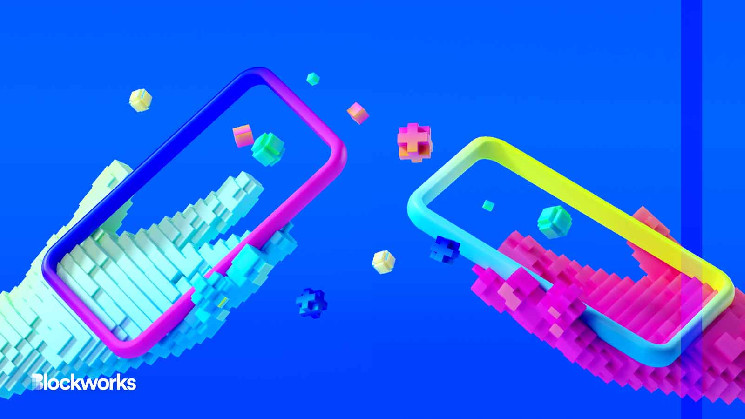The European Commission is looking to leapfrog Web3, favoring a so-called Web4 initiative released Tuesday — featuring little detail on how blockchain would come into play.
The Web4 nomenclature, for the commission, hits as the public has been trying to wrap their minds around Web3. A June survey conducted by YouGov and Consensys found 8% of people consider themselves to be familiar with Web3 as a concept.
The European Commission (EC) defines Web4 as a blend between artificial intelligence, the internet of things, blockchain, virtual worlds, and extended reality capabilities.
In statements around the Web4 push, it mentioned no specifics as to what blockchain technology would be used. Or the extent to which it would be used at all.
Details were extraordinarily limited in terms of how blockchain or crypto will be included throughout. An EC representative did not immediately return a request for comment.
Though crypto’s role in Web4 remains murky, the EC was much more clear about how the initiative would use virtual technologies.
XR, also known as extended reality, brings together augmented reality (AR), virtual reality (VR), and mixed reality (MR), according to Arm, a semiconductor company.
Web4, according to the EC, appears to be a mashup of anything and everything people associate with virtual experiences and the internet.
The EC wants to be the first to capitalize on this nascent form of the internet — it hinted at such in its March outlook on the economy beyond 2030.
To move Web4 along in the business world, the EC proposed a program called Partnership on Virtual Worlds under Horizon Europe. It has a potential start date of 2025 and would try to foster research and develop an “industrial and technological roadmap for virtual worlds.”
The EC plans to support EU-based creators, media companies, developers and industrial users. It also mentioned the need to work with EU member states to preemptively draw up a regulatory framework, a similar strategy employed with MiCA for crypto regulation.
The EC also mentioned Web4’s potential to advance public policy initiatives. Also in the works: a project called CitiVerse, described as “an immersive urban environment that can be used for city planning and management.”
Another project, the European Virtual Human Twin, is designed to produce a replica of the human body to aid in medical endeavors and personal treatment for diseases.
These Web4 guidelines were in part generated by a panel in April, where 150 randomly selected European citizens made recommendations about how to fairly and safely introduce the next phase of the internet.
 blockworks.co
blockworks.co
